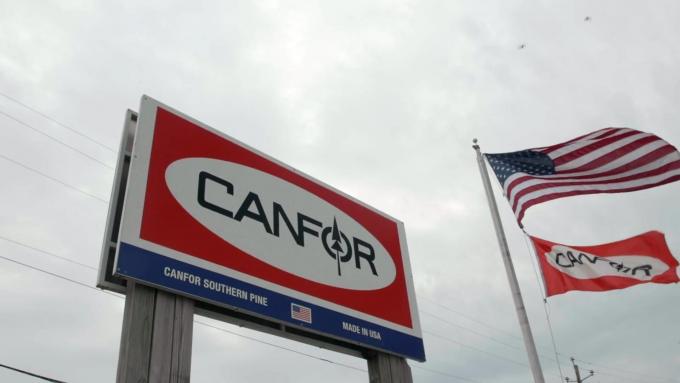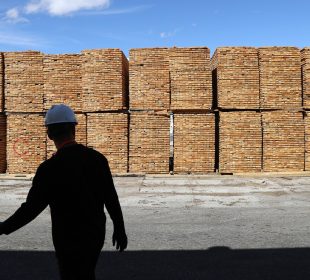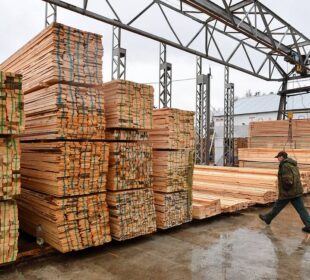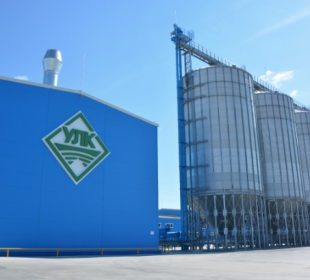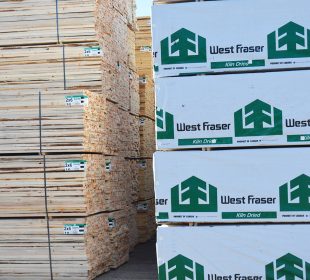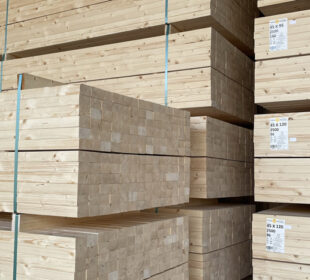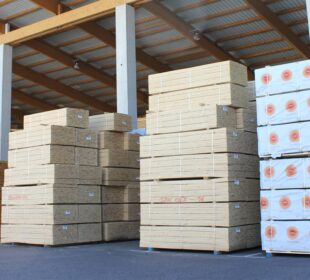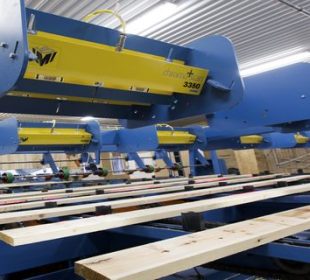For the 2Q 2020, Canfor Corporation reported operating income of $96.9 million, $185.7 million higher than the operating loss of $88.8 million reported for the 1Q 2020, reflecting materially higher earnings in the lumber segment, offset in part by a moderate decline in pulp and paper segment earnings.
The Vancouver-based forest products firm says it earned $60.7 million or 48 cents per share in the three months ended June 30, compared with a loss of $48.8 million or 38 cents per share a year earlier.
Commenting on the company’s 2Q 2020 results, Canfor’s President and CEO, Don Kayne, said, “We continue to be focused on protecting the health and safety of our employees in the current COVID-19 environment. Having overcome the many challenges faced in the 2Q, it is encouraging to see the current strength of lumber demand and prices and we value the strong relationships we have with our global customers. In addition, the recent acquisition of Elliott and Vida’s announced acquisition of three sawmills from Bergs, continues our strategy of global diversification. While markets appear strong for the 3Q, we remain somewhat cautious about the outlook thereafter, recognizing the inherent uncertainties created by COVID-19. For our pulp business, prices are projected to be challenging through the 3Q; however, as a result of our planned summer fibre-related downtime, we expect our pulp mills to be well placed to run at full capacity through the winter.”
The results included an $80.6-million recovery of previous inventory write-downs as an unexpected increase in demand in the months following a dramatic drop in U.S. housing starts in April prompted a big boost in lumber prices.
Western SPF (spruce, pine, fir) prices surged 53 per cent to US$432 per million board feet by the end of June, compared with a low of US$282 per Mfbm in April.
Adjusted profits reached $83.4 million or 67 cents per share, compared with a loss of $12 million or 10 cents per share in the prior year.
Revenues decreased 15 per cent to $1.1 billion from $1.3 billion in the second quarter of 2019.

